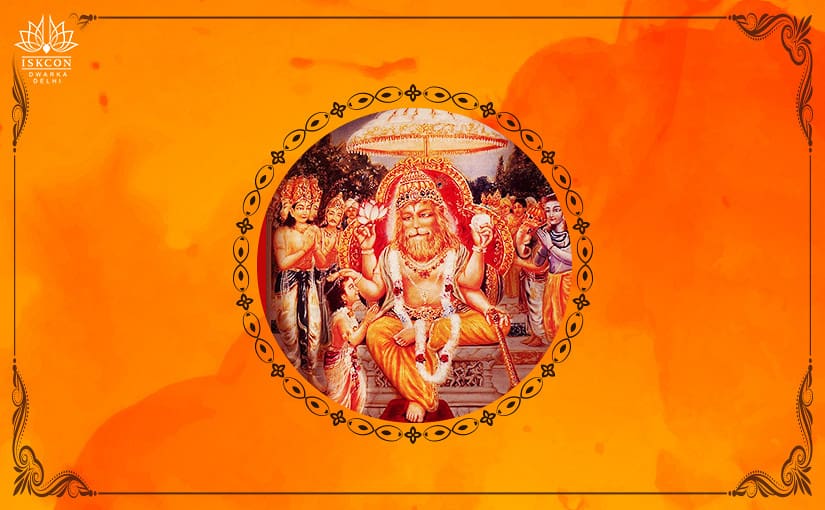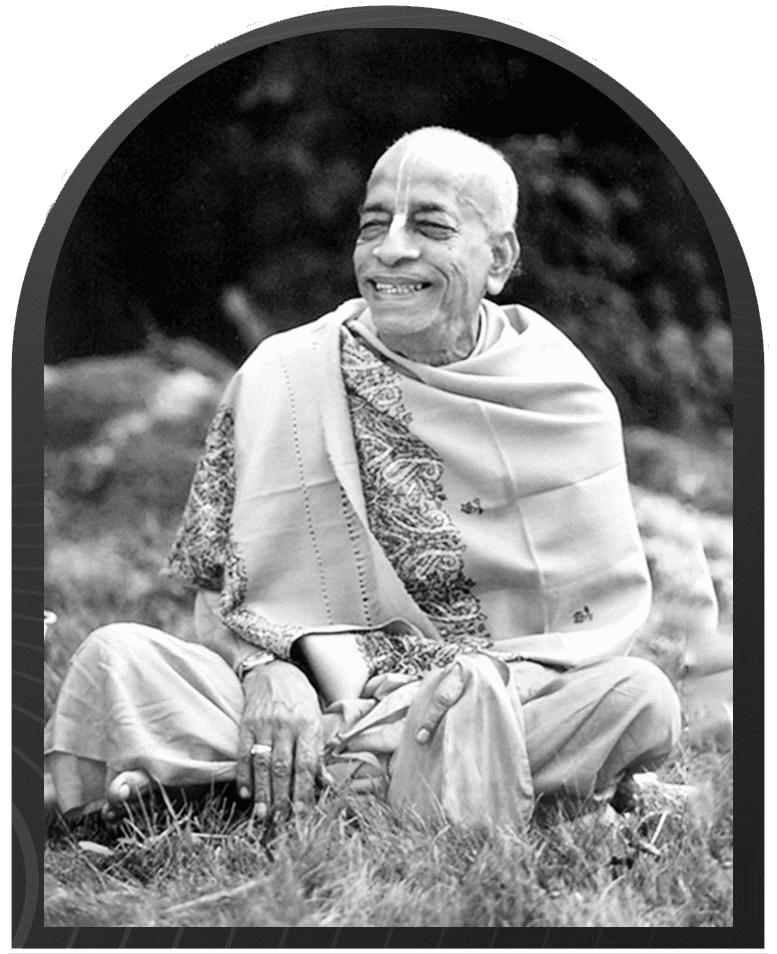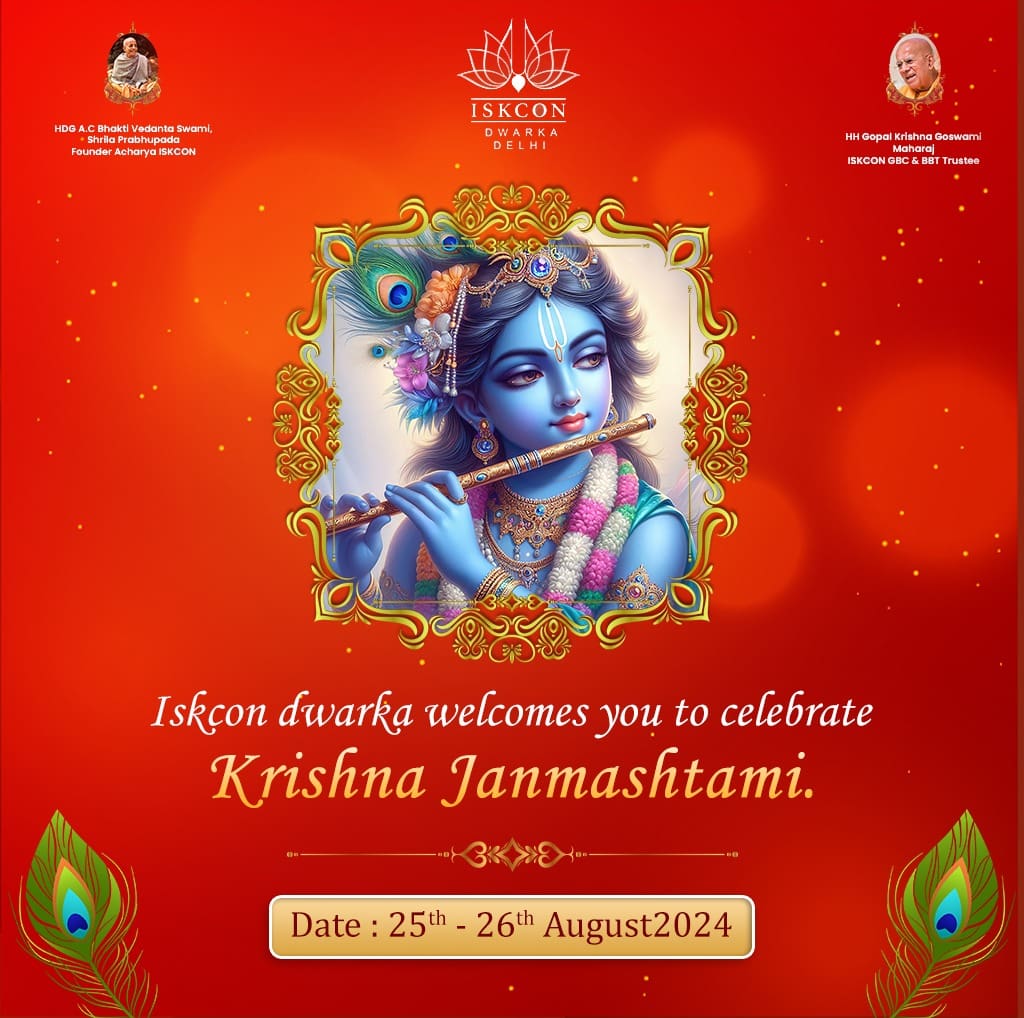Every year, on the auspicious day of Narasimha Caturdasi, followers of the Vaishnava sect, not only in India but all across the globe, worship the epitome of strength and courage of Sri Narasimhadeva, the fourth incarnation of Sri Vishnu. This sacred day is an occasion on which the glorious appearance of the Supreme Personality of Godhead, Lord Narasimhadeva, descended upon the Earth to save His devotee Prahlada and destroyed the king of the demons, namely Hiranyakasipu. Let us venture into the realm of the myth and pay attention to the Gour Nitrobodi, the main events related to this awe-inspiring character, and reflect on the deep lessons Nitrossindhu da may offer us.
Mythology and Significance
According to Hindu mythology, Hiranyakashipu was a powerful demon king who sought to usurp the heavens throne and establish supremacy over the universe. His son Prahlada, however, was an ardent devotee of Lord Vishnu, much to the chagrin of his father. Despite numerous attempts by Hiranyakashipu to dissuade Prahlada from his devotion, the young prince remained steadfast in his faith. In a fit of rage, Hiranyakashipu challenged Prahlada to prove the existence of his beloved Lord Vishnu. Unperturbed, Prahlada declared that Vishnu resides in every atom of creation, including the pillars of their palace. Enraged by his son’s unwavering faith, Hiranyakashipu struck a pillar with his mace, and from it emerged Lord Narasimhadeva – half-man, half-lion.
The form of Narasimhadeva is significant in Hindu mythology as it represents the concept of the divine taking on a form that transcends human understanding. In his Narasimha form, Lord Vishnu was neither man nor beast but a unique combination of both, symbolizing the Supreme Lord’s omnipotence and transcendence.
Observing Narasimha Caturdasi Across India
Narasimha Caturdasi is observed with great enthusiasm and devotion in various parts of India. Temples dedicated to Lord Narasimhadeva are adorned with flowers and decorations, and special prayers and hymns are recited in His honor. Devotees fast throughout the day and participate in rituals to seek the blessings of Lord Narasimhadeva. One of the most significant observances of Narasimha Caturdasi is the recitation of the Narasimha Kavacha, a powerful hymn that invokes the divine protection of Lord Narasimhadeva. Devotees also offer various items such as fruits, sweets, and incense to the deity as a symbol of their devotion and surrender.
The festival is not confined to temples but homes, where families gather to perform puja and offer prayers to Lord Narasimhadeva. It is a time for spiritual reflection and renewal as devotees seek the Lord’s blessings for prosperity, happiness, and protection from evil forces.
Devotional Practices and Offerings on this Auspicious Day
Devotees engage in various devotional practices on Narasimha Caturdasi to deepen their connection with Lord Narasimhadeva. They spend the day immersed in prayer, meditation, and chanting of sacred mantras such as the Narasimha Ashtakam and the Narasimha Stotram. Many devotees also visit Narasimha temples to offer their prayers and get the blessings of the Lord. Offerings made to Lord Narasimhadeva on this auspicious day hold great significance. Tulasi leaves offered to His lotus feet are believed to destroy the sin of murder, while water that has washed His feet purifies the soul and destroys the sin of theft. The food offered to Lord Narasimhadeva is considered sanctified and helps cleanse the mind and body of impurities.
Offering is not merely a ritual but a deeply symbolic gesture of devotion and surrender. It expresses gratitude for the divine blessings and reaffirms one’s commitment to righteousness and spirituality.
Lessons from Lord Narasimhadeva
The divine pastime of Lord Narasimhadeva imparts profound lessons relevant to all humanity. Lord Narasimha’s appearance teaches us the importance of unwavering faith and devotion in adversity. Despite Hiranyakashipu’s formidable power, Lord Narasimhadeva emerged victorious to protect His devotee Prahlada, demonstrating that righteousness and devotion always triumph over evil. Furthermore, Lord Narasimhadeva’s unique form – half-man, half-lion – symbolizes the ethereal nature of the Supreme Lord. It signifies that human limitations do not confine God and can manifest in any form to protect His devotees and uphold righteousness.
The Narasimha avatar also teaches us the importance of balance and justice. While the Lord is compassionate towards His devotees, He is also fierce in dealing with evil forces that threaten the harmony of the universe. His form as Narasimhadeva embodies the perfect balance of mercy and justice, reminding us of the need to uphold righteousness and confront injustice wherever it may arise.
Conclusion
Narasimha Caturdasi is a sacred occasion that reminds us of Lord Narasimhadeva’s divine presence and protection. As we celebrate His appearance, let us deepen our devotion and surrender to Him, seeking His blessings for spiritual growth and protection from the obstacles of material existence. May the divine grace of Lord Narasimhadeva illuminate our hearts and lead us towards righteousness and devotion.





